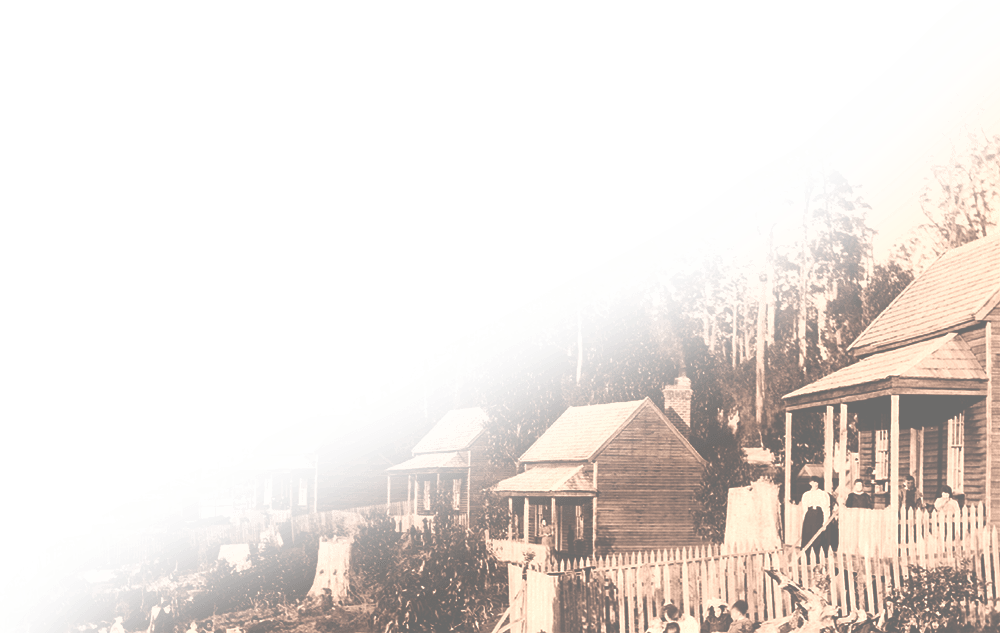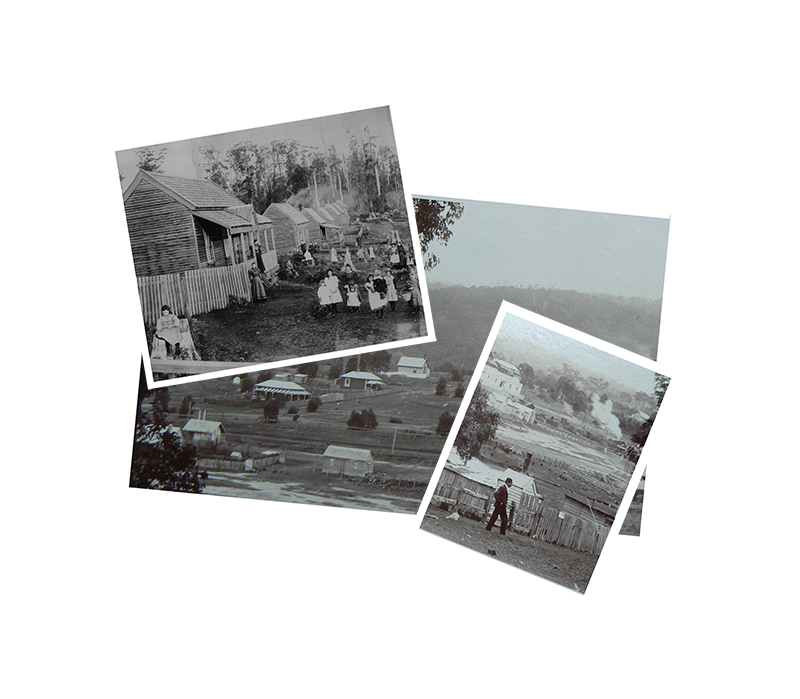WANDONG HISTORY GROUP INC.
WANDONG HISTORY GROUP INC.
About Us
About Us


Mt Disappointment
Mt. Disappointment once legendary for being named by the explorers Hume and Hovell later rang to the sound of wood splitters and hewers harvesting timber for fuel, palings and shingles. The early harvesting of timber began on the foothills of the Plenty Ranges covered in blackwood (Acacia melanoxylon), Eucalyptus stringybark and peppermint then graduating upslope to the higher regions vegetated by messmate and the mighty mountain ash. According to Payne from around 1860, one hundred splitters from Wallan and Lightwood Flat worked the heavily vegetated area of Bruce’s Creek above Upper Plenty before moving further north into the forest (1896:45). Sawmills began to be established in the ranges around this time with Crispin and Tomlin, Greenshields and Purcell establishing plants. The arrival of mechanised sawmillers soon threatened the survival of the early splitters with many being forced to the lower slopes cutting the blackwood for furniture and fencing.
Timber from the mountain was initially transported by bullock teams and drays down to Wallan, Broadford or Kilmore for loading onto rail trucks however with the arrival of the north-east railway line in 1872 wood sidings began to be established. The sawmillers Crispin and others advocated for a siding closer to their operations and around 1873 a new siding at Wandong known as ‘Morphett’s Siding’ was established.
The arrival of Robert Affleck Robertson and the creation of the Wandong Timber Company Ltd. soon changed the face of sawmilling on the mountain. Having migrated from Canada in 1879 Robertson began his sawmilling activities in the Ballarat/Bullarook region before moving across to the Plenty Ranges in 1883. Robertson soon acquired many of the small sawmills in the region and constructed several mills in the forest – The Derril, The Comet, Planets 1 and 2 and The Bump. The Comet would become the flagship for his company once being described as one of Victoria’s largest sawmilling enterprises, responsible for exporting more timber than any other mill of its time. The Comet boasted a village settlement of over 300 people and included a boarding house, manager’s house, stables housing 80 horses and a school. Connected by a tramway from the mountain to Wandong, the timber was transported to the Wandong Railhead for further distribution.
While the mills and settlement have all disappeared, the mountain continues to hold a fascination for its history of gold mining efforts, wartime internment camps, bushfires, RAAF plane accidents, early aqueduct systems of the Melbourne Metropolitan Board of Works and the as yet untold stories of the traditional indigenous landowners.
Travel to the mountain through our Image Gallery to see these early photographs of our sawmilling pioneers.

Recording and Preserving Our Past



